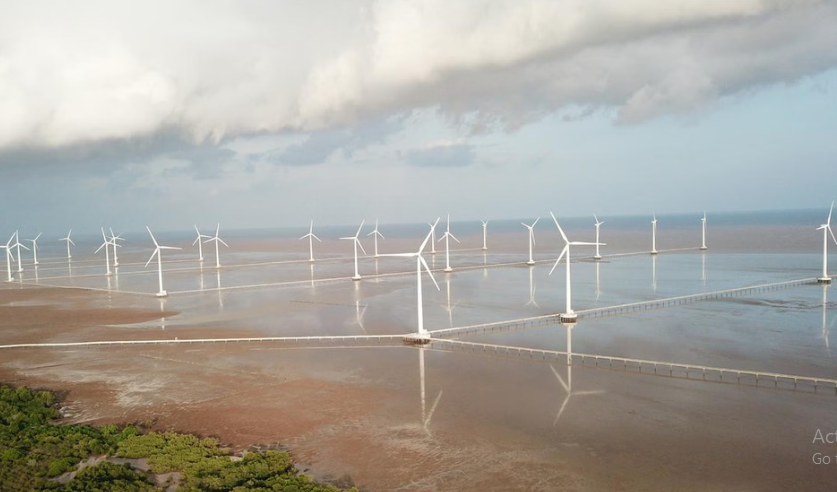Under the agreement, the partners will evaluate the feasibility of exporting renewable energy from Vietnam to Malaysia and Singapore via a new subsea cable, wheeled into and through the Peninsular Malaysia National Grid, the consortia said in a joint statement.
“To this end, the consortia will work closely with the relevant national authorities throughout the development process, seeking necessary approvals at various project phases, and paving the way for this significant regional power integration and energy interconnection,” according to the statement.
In a Facebook post on May 26 about the joint agreement, Singapore’s Prime Minister Lawrence Wong said: “These efforts are part of our broader vision for an Asean Power Grid – connecting our region with a more resilient and reliable energy supply. Step by step, we are making this vision a reality.”
Sembcorp and PTSC had in 2023 already inked a letter of intent for 1.2GW of renewable energy to be imported into Singapore, which could begin by 2033.
According to Datuk Seri Fadillah, the undersea cable will be underwritten by Petronas and TNB. “Part of (the energy) will go to Singapore, part of it will go to Malaysia,” he said.
However, as to who will bear the cabling cost, TNB president and chief executive officer Megat Jalaluddin Hassan said “we have yet to come to that”.
“The next step for us is to go into the feasibility study, which will then determine the level and depth of the venture we will be undertaking,” he told reporters after the signing.
He said the consortia involved in the project are hopeful that “we can have something that shows our progress” by October’s Asean Ministers on Energy Meeting.
On May 25, Malaysia’s Investment, Trade and Industry Minister Tengku Zafrul Aziz said negotiations on an enhanced memorandum of agreement for the Asean grid are set to conclude at the same energy ministers’ meeting.
Another key connection for the Asean Power Grid is the Lao PDR-Thailand-Malaysia-Singapore Power Integration Project, launched in 2022 to send 100MW of renewable energy from Laos to Singapore. A second phase announced in 2024 doubled this amount.
But key stakeholders have acknowledged that intermediate countries, especially Thailand, need to upgrade their grids to handle larger loads in the gigawatts.
Mr Fadillah had said that the Thai-Malaysia interconnection, “commissioned in the early 2000s, is ageing”.
“Its reliability has fallen below standards due to obsolescence, and our countries are finding it increasingly challenging to maintain the facilities.
“As Malaysia and Thailand progress in integrating more renewable energy into our grids, the reliability of our interconnection becomes even more critical,” he said after a courtesy call on Thailand’s Deputy Prime Minister Pirapan Salirathavibhaga, who also serves as the Energy Minister, on May 22.
The University of Malaya’s international and strategic studies senior lecturer Lam Choong Wah told ST that as Vietnam harnesses offshore wind energy as a renewable source, transmitting the generated power via undersea cables is both more “economically sensible and technically feasible”, compared with building an overland transmission line through Thailand and Cambodia.
He added that this approach is estimated to save nearly 1,000km in distance compared with the overland route.
“The question is who will pay for the upgrades. Thailand already controls most of the renewable energy from Laos,” a diplomatic source with knowledge of the matter told ST.
Thailand has been buying renewable energy from Laos for over two decades, with import volumes reaching 6GW.
- Shannon Teoh is The Straits Times’ bureau chief for Malaysia, where he has reported on various beats since 1998.
- Lu Wei Hoong is Malaysia correspondent at The Straits Times, specialising in transport and politics.

